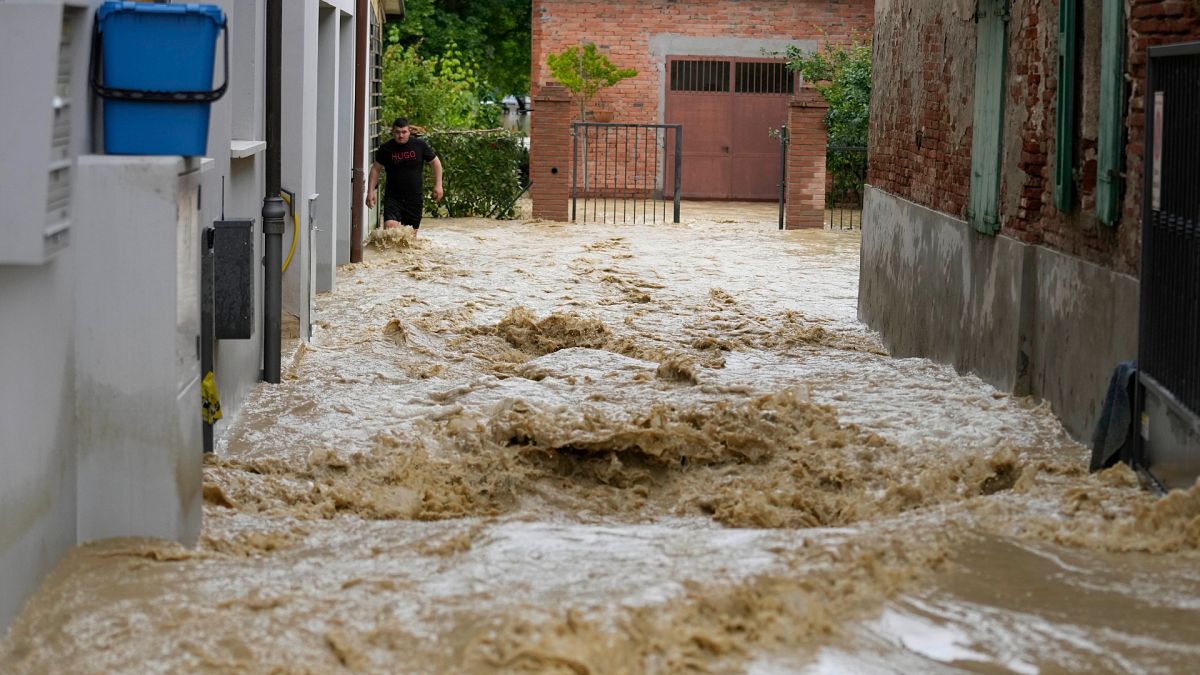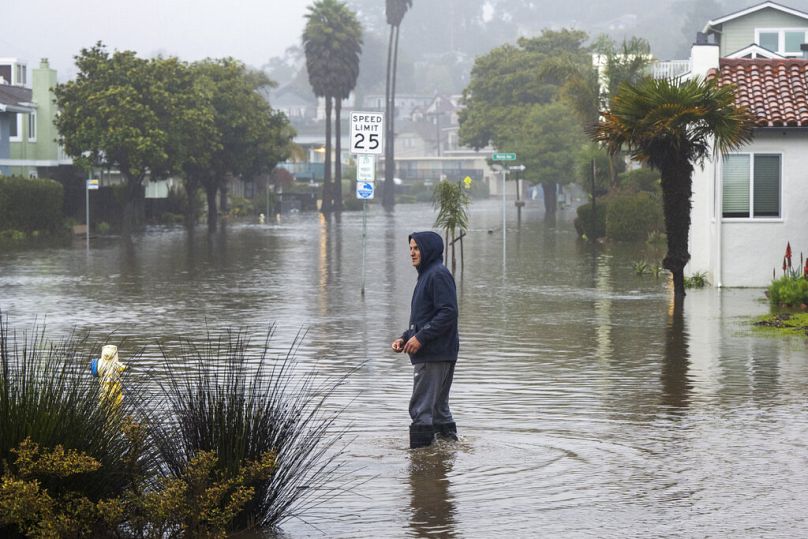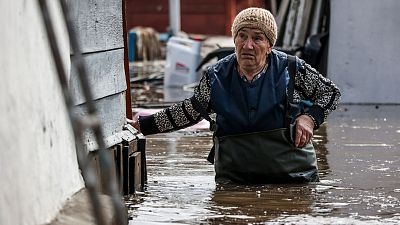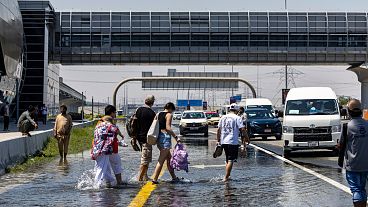Society already has difficulty responding to one kind of natural disaster like drought, researchers say. Now we suddenly have floods too.
Wild weather swings from severe drought to heavy rains are becoming more common with climate change, new research has found.
A team of scientists looked at data from 1980 to 2020 to analyse this trend. Depending on the location, the likelihood of a sudden shift from drought to dangerous downpours increased from 0.25 per cent to 1 per cent during this time period.
They say Europe is one of the seven regional hotspots around the world where this trend is getting worse.
“We are especially concerned with the sudden shift from drought to flood,” says study co-author Zong-Liang Yang, a professor at the University of Texas in the US.
“Society usually has difficulty responding to one kind of natural disaster like drought, but now you suddenly have floods too. And this has been happening in many places.”
In recent years, there have been a number of notable examples of this trend. California, for example, was facing its worst drought in a millennium in 2022. Then, during the first three months of 2023, heavy rains caused record flooding.
What is causing these rapid shifts from drought to heavy rain?
Many different factors can contribute to sudden changes in weather - including El Niño, La Niña and climate change. But the researchers found that the land itself can also have an impact.
They discovered ‘land-based feedback loops’ that increase the chance of downpours after drought.
In humid regions, drought kicks water evaporation from soil and plants into overdrive, providing a source of moisture for heavy rainfall to develop.
In dry regions, hot weather and low pressure draw moisture from other areas such as the ocean increasing the chance of dangerous precipitation.
Climate change making these dramatic swings more common
Climate change is also expected to make these rapid shifts more common, researchers say.
“Climate change is fueling back-to-back droughts and floods which have caused widespread devastation, resulting in the loss of life and damages to property, infrastructure and the environment,” says another of the study’s co-authors Shuo Wang, a professor at The Hong Kong Polytechnic University.
The discovery of the land-based feedback loops can be used to help increase the accuracy of predictive climate models, he adds. It could also help communities to better prepare for swings between drought and flooding.
“Our findings provide insights into the development of early warning systems for mitigating the impacts of rapid dry-wet transitions.”




